Testing Statistical Hypotheses of Equivalence and Noninferiority
Introduction Statistical meaning of the concepts of equivalence and noninferiority Demonstration of equivalence as a basic problem of applied statistics Major fields of application of equivalence tests Role of equivalence/noninferiority studies in current medical research Formulation of hypotheses Choosing the main distributional parameter Numerical specification of the limits of equivalence General Techniques for Dealing with Noninferiority Problems Standard solution in the case of location parameter families Methods of constructing exact optimal tests for settings beyond the location-shift model Large-sample solutions for problems inaccessible for exact constructions Objective Bayesian methods Improved nonrandomized tests for discrete distributions Relationship between tests for noninferiority and two-sided equivalence tests Halving alpha? General Approaches to the Construction of Tests for Equivalence in the Strict Sense The principle of confidence interval inclusion Bayesian tests for two-sided equivalence The classical approach to deriving optimal parametric tests for equivalence hypotheses Construction of asymptotic tests for equivalence Equivalence Tests for Selected One-Parameter Problems The one-sample problem with normally distributed observations of known variance Test for equivalence of a hazard rate to some given reference value with exponentially distributed survival times Testing for equivalence of a single binomial proportion to a fixed reference success probability Confidence-interval inclusion rules as asymptotically UMP tests for equivalence Noninferiority analogues of the tests derived in this chapter Equivalence Tests for Designs with Paired Observations Sign test for equivalence Equivalence tests for the McNemar setting Paired t-test for equivalence Signed rank test for equivalence A generalization of the signed rank test for equivalence for noncontinuous data Equivalence Tests for Two Unrelated Samples Two-sample t-test for equivalence Mann-Whitney test for equivalence Two-sample equivalence tests based on linear rank statistics A distribution-free two-sample equivalence test allowing for arbitrary patterns of ties Testing for dispersion equivalence of two Gaussian distributions Equivalence tests for two binomial samples Log-rank test for equivalence of two survivor functions Multisample Tests for Equivalence The intersection-union principle as a general solution to multisample equivalence problems F-test for equivalence of k normal distributions Modified studentized range test for equivalence Testing for dispersion equivalence of more than two Gaussian distributions A nonparametric k-sample test for equivalence Equivalence Tests for Multivariate Data Equivalence tests for several dependent samples from normal distributions Multivariate two-sample tests for equivalence Tests for Establishing Goodness of Fit Testing for equivalence of a single multinomial distribution with a fully specified reference distribution Testing for approximate collapsibility of multiway contingency tables Establishing goodness of fit of linear models for normally distributed data Testing for approximate compatibility of a genotype distribution with the Hardy-Weinberg condition The Assessment of Bioequivalence Introduction Methods of testing for average bioequivalence Individual bioequivalence: criteria and testing procedures Approaches to defining and establishing population bioequivalence Bioequivalence assessment as a problem of comparing bivariate distributions Tests for Relevant Differences between Treatments Introduction Exploiting the duality between testing for two-sided equivalence and existence of relevant differences Solutions to some special problems of testing for relevant differences Appendix A: Basic Theoretical Results Appendix B: List of Special Computer Programs Appendix C: Frequently Used Special Symbols and Abbreviations References Author Index Subject Index
{{comment.content}}
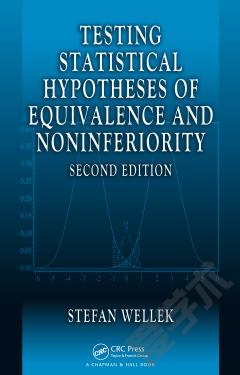

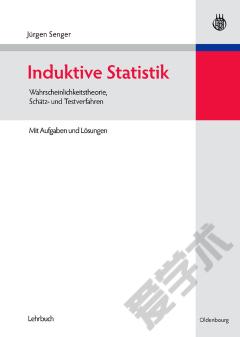
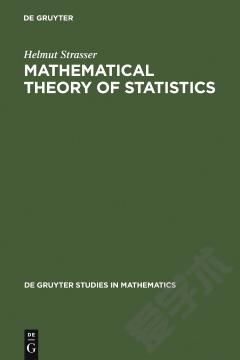
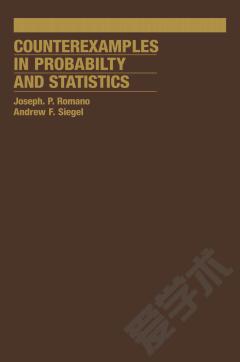
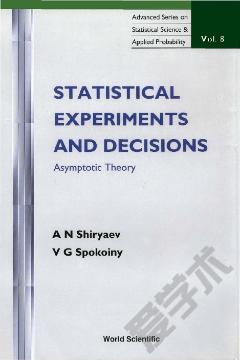


 京公网安备 11010802027623号
京公网安备 11010802027623号